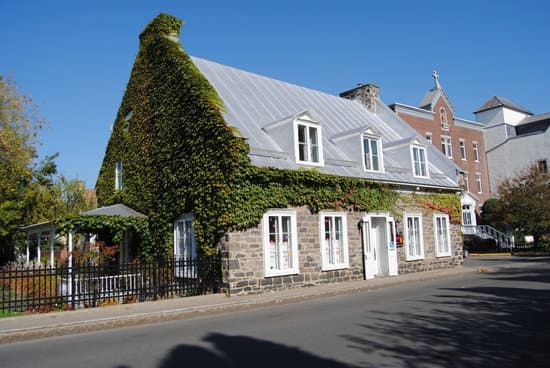When it comes to urban sustainability, there are five key elements that cannot be ignored. These elements help to create more eco-friendly cities, and while some cities have already made great strides towards achieving these goals, others have yet to catch up. Here are the five key elements of urban sustainability:
Access to public resources: In order to create a sustainable city, it is important for everyone to have access to public resources. This includes everything from public transportation to clean water. By ensuring that everyone has access to these resources, cities can reduce their carbon footprint and create a more equitable living environment.
Making green spaces flourish: Green spaces are essential for urban sustainability. They not only help to beautify the city, but they provide important habitats for wildlife and help to mitigate the effects of climate change. By investing in parks, gardens, and other green spaces, cities can create a more sustainable environment for everyone to enjoy.
The emphasis is on public safety through lighting: Keeping the city safe is also important for urban sustainability. By emphasizing public safety through lighting, cities can reduce crime rates and create a more welcoming environment for everyone. This can be achieved through smart lighting technologies and other innovative solutions.
Incorporating smart technology: Smart technology can be used to create a more sustainable city. For example, smart traffic lights can reduce congestion and save energy, while smart buildings can use less energy and reduce waste. By investing in these types of technologies, cities can become more sustainable and efficient.
Concentrating on conservation and preservation: Finally, it is important for cities to concentrate on conservation and preservation. This means protecting natural resources, reducing waste, and finding ways to use renewable energy sources. By working towards conservation and preservation goals, cities can create a more sustainable future for everyone.
So what is the best way to get cities to become a bit more eco-friendly? The answer is not a simple one, as every city is different and will require different solutions. However, some ideas include incentivizing sustainable practices, educating the public on the benefits of sustainability, and working to create partnerships between the public and private sectors. Ultimately, it will take a concerted effort from everyone to create truly sustainable cities that are both healthy for people and the planet.



















